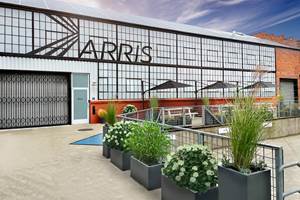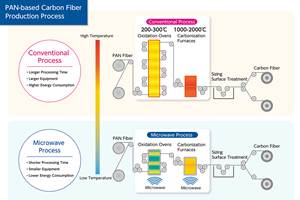Introduction
The double-layer chromium plating process is an industry-wide, well established conventional plating process. It is understood that in order to obtain high corrosion resistance and high hardness with typical decorative chromium, a crack-free chromium layer must be produced. This paper introduces an environmentally-friendly chromium plating solution that predominantly consists of trivalent chromium ions, producing a single-layer deposit of crack-free chromium with high corrosion resistance. This new process has advantages compared to conventional hexavalent chromium plating. Although decorative plating is the primary application, this product should be strongly considered for other new technologies and applications.
Experimental
The plating solution studied contained 78 g/L of trivalent chromium ion, 10 g/L of hexavalent chromium ion, organic carboxylate and a conductivity salt (described here as CF Cr). The solution temperature was 48°C, the solution pH was 2.2, the cathodic current density was 10 A/dm2 and the plating time was 8 min. The test samples plated for corrosion testing, internal stress testing, and hardness measurements were plated for 3.0 hr. Both ABS plastic and steel were used as substrates.
The sample parts tested on ABS plastic were supplied and plated by a production plating facility. The test parts had been plated with bright copper, semi-bright nickel, bright nickel, micro-porous nickel and hexavalent chromium (designated here as HV Cr). The CF Cr was plated onto the samples after stripping the HV Cr and then evaluated for corrosion resistance using the CASS test with calcium chloride (anti-freezing agent). The test solution consisted of 5.0 mL of saturated calcium chloride and 3.0 g of kaolin. Samples coated with the solution were exposed for one week in ambient air before evaluating corrosion resistance.
Samples plated on mild steel plates included 15 μm semi-bright nickel, 1.0 μm tri-nickel, 10 μm bright nickel and 0.3 μm chromium. The corrosion resistances of the HV Cr and CF Cr deposits were also compared using the CASS test.
Direct current was supplied by a Sanrex model HKD-1520F rectifier. The anodes used for plating were Pb-5% Sn. The internal stress was measured using the strip bending method, while the hardness was measured using Vickers hardness testing equipment. The surface morphology was evaluated using a digital microscope (Keyence).
Results
Physical properties
Appearance and surface morphology of deposits. Although the color is not apparent in Fig. 1, the CF Cr deposit exhibited a bright whitish color (Fig. 1a) while the HV Cr showed a slightly bluish color (Fig. 1b). The CF Cr showed no cracks or granular morphology, while the HV Cr had cracks and a flatter, smoother morphology.
Hardness and internal stress of deposit. As seen in Table 1, the CF Cr deposit was harder than HV Cr. Although the as-plated CF Cr hardness increased with heat treatment temperature, the HV Cr hardness decreased. The internal tensile stress of the CF Cr deposit was about half that of HV Cr.
Corrosion resistance of the plastic plated parts (CASS and calcium chloride tests)
There was a difference in corrosion performance between the CF Cr and HV Cr after six or seven cycles of the CASS test. The corrosion resistance of the CF Cr was superior to that of the HV Cr. Test sample groups were chromium plated, with and without an underlying micro-porous nickel layer. In each case, the chromium plating was scratched with a knife prior to CASS testing, to simulate outdoor exposure. The results are shown in Figs. 2 and 3. There were many pit marks from nickel corrosion in the case of the HV Cr where the micro-porous plated nickel underlayer was deposited. Without the micro-porous plated nickel, an increase in
localized corrosion was experienced. In the case of HV Cr, the role that micro-porous nickel plays included dispersing the corrosion current. The corrosion resistance of CF Cr was superior to HV Cr with or without the micro-porous nickel. The CF Cr also produced superior corrosion resistance on the knife scratch test areas.
The corrosion resistance of CF Cr was also superior to that of HV Cr under the conditions of the calcium chloride + kaolin test, as shown in Fig. 4. After one week of exposure, a noticeable difference was observed between the chromium deposits. Excessive corrosion was observed in the case of HV Cr, but there was no corrosion in the case of CF Cr.
Corrosion resistance of chromium plating on tri-nickel plated on iron
The corrosion resistance of CF Cr with tri-nickel plated on iron was also superior to that of HV Cr, as seen in Fig. 5. In the case of HV Cr, many pit marks from nickel corrosion and rust from iron were observed.
Discussion
A crack in the chromium deposit can be considered a deposit defect. There were no cracks with the CF Cr plating and the internal stress was about half that of conventional hexavalent chromium plating (HV Cr).
Amorphous deposits were obtained by carbon inclusions in the CF Cr deposit, and the internal stress of the deposit was decreased, owing to the fact that the plating solution was mainly composed of trivalent chromium and organic carboxylate. The hardness increased because it changed to a crystalline structure with heat treatment.
A novel functional use of the plating would be expected, as the deposit has excellent functional properties that current conventional hexavalent chromiums do not have. Micro-porous nickel plating was not necessary for CF Cr plating, because the corrosion resistance of the plating without micro-porous nickel was better than that of hexavalent chromium plating with micro-porous nickel. The calcium chloride + kaolin corrosion test results were also superior to those for conventional hexavalent chromium plating. Therefore, further treatment to increase corrosion performance reported for trivalent chromium plating1 was not required after CF Cr plating.
Conclusion
1. The corrosion resistance of crack-free chromium deposit was superior to that of conventional hexavalent chromium plating.
2. The appearance of deposit was whitish in color, which is similar to conventional hexavalent chromium plating.
3. Due to the high hardness of CF Cr, the deposit was not easily damaged. The CF Cr deposit had improved properties where hardness did not decrease even after heat treatment. The internal stress of the deposit was about half that of conventional hexavalent chromium.
4. The main component of the plating solution is the trivalent chromium ion, which is environmentally-friendly and can meet the requirements of global environmental regulations.
Reference
1. Sakai, Hyomen-gizyutu, 57, 869 (2006).
About the Author
Toru Murakami is the Director of Uyemura (Malaysia) SDN. BHD., in Johor, Malaysia, a subsidiary of C.Uyemura & Co., Japan. He received his Doctor of Sciences degree from the Osaka Prefecture University, in Osaka, Japan in 1995.


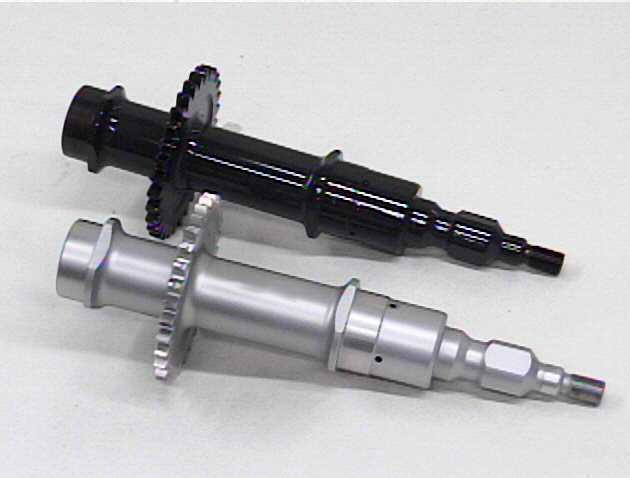

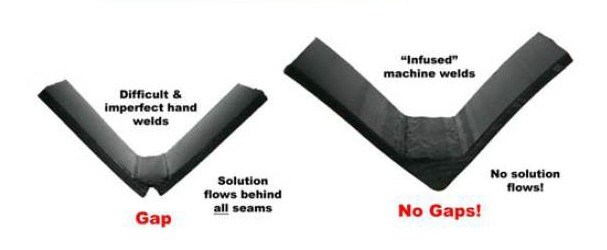

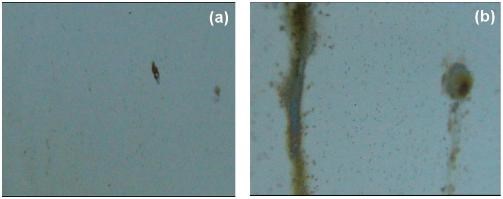






.jpg;maxWidth=300;quality=90)








